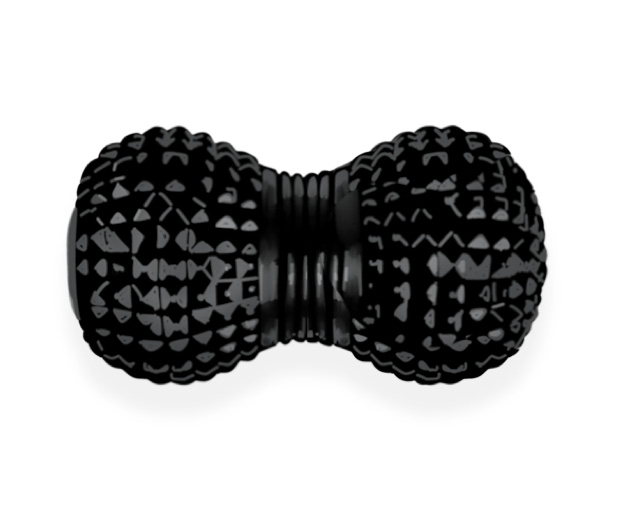Athletes have been using foam rollers to warm up before exercising for the past 20 years, and recently, foam rollers that vibrate at specific frequencies are being used to relax muscles and potentially improve performance (Fig. 1). While prior research shows that focal muscle vibration can improve athletic performance and muscle strength, relatively few studies have evaluated if vibration foam rollers can actually reduce delayed onset muscle soreness and accelerate recovery. These authors took 24 college handball and rugby players and had 12 of them perform a general warm up with light jogging and dynamic stretches, while the other 12 performed the same warm up only they included 8 minutes of vibration foam rolling applied to their hamstrings and quadriceps. Immediately after warm up (with or without foam rolling), the authors then had these athletes perform a “muscle-damaging protocol” in which they did 15 sets of 30 m maximal multi-directional repeated sprints. The authors then measured various markers of muscle damage, including creatine kinase (CK) muscle soreness, hip range of motion, isometric strength, and agility in both groups immediately after the workout, and 24, 48, and 72 hours later. When compared to the general warm up, the vibration foam roller group had significant increases in isometric hip strength, agility, and sprint performance, while also showing faster recovery times. The vibration frequency applied in this study was 48 Hz, although frequency ranges between 33 and 60 Hz all seem to be effective. If you have one of these foam rollers, the vibration frequency is often listed in RPMs, which should be between 2000 and 3600 in order to achieve the frequencies that seem to get the best outcomes. These devices are affordable and get surprisingly good results. We recently finished an article on the nonpharmacological management of peripheral neuropathies and there are several references showing that vibration massage can significantly improve symptoms in this difficult to manage condition.

